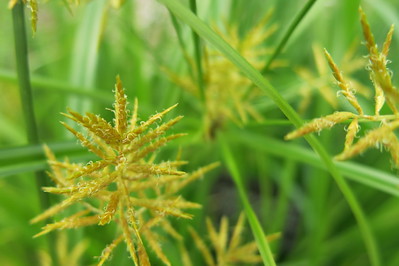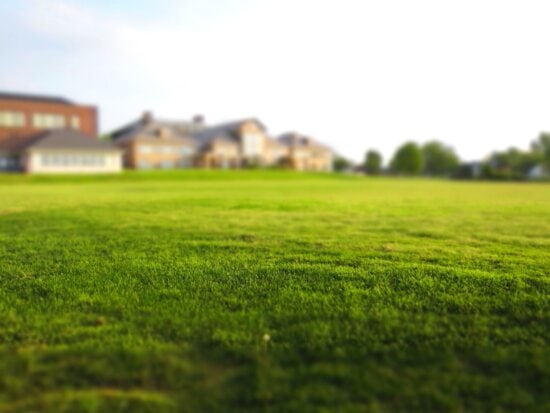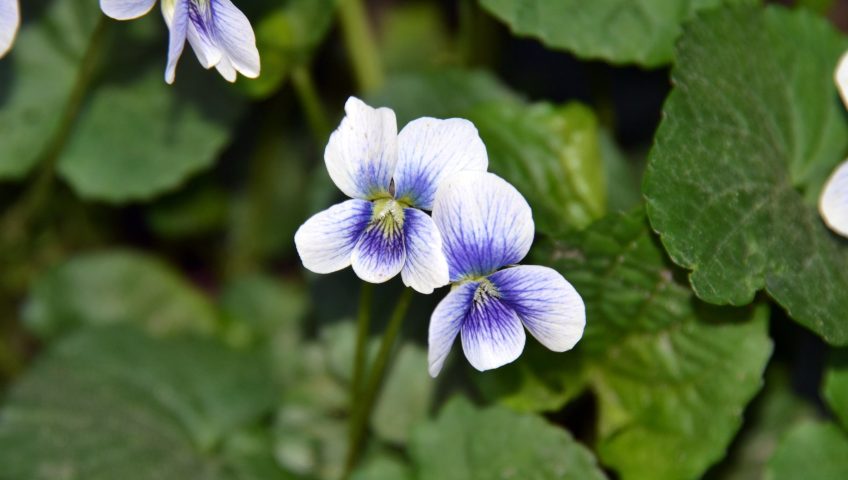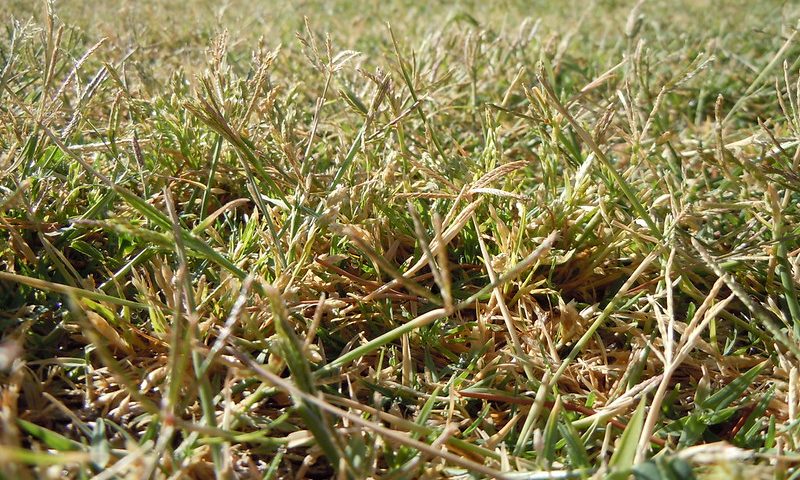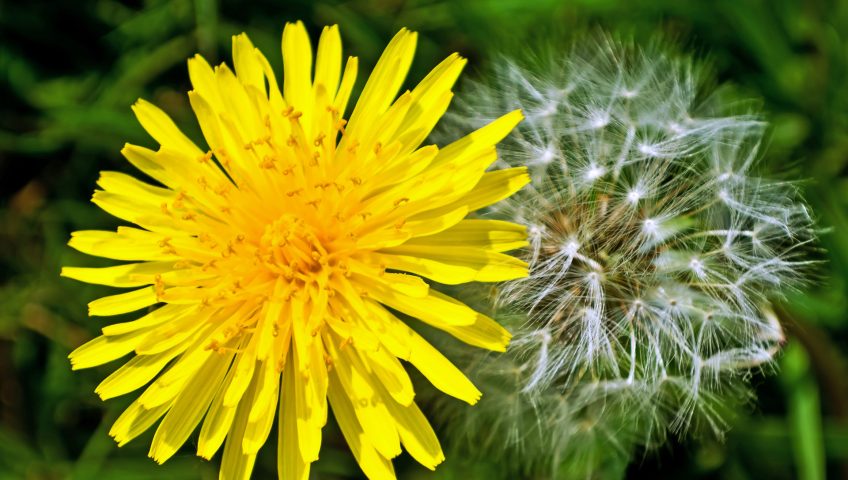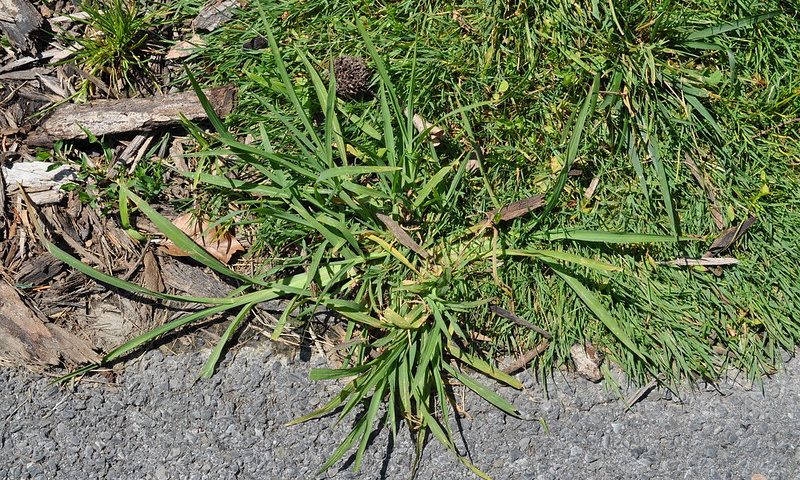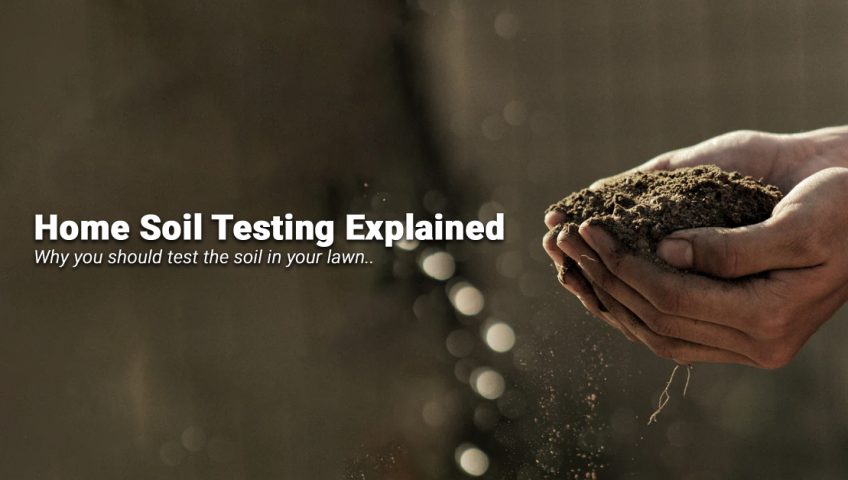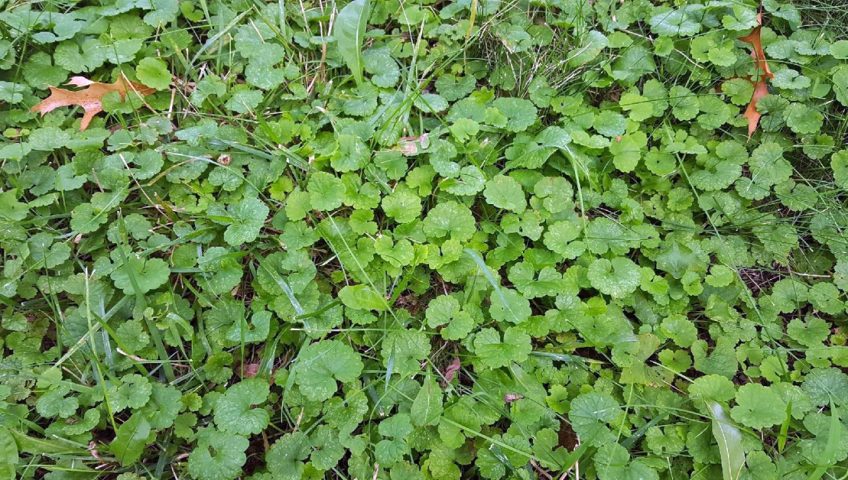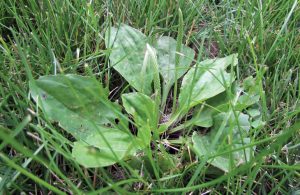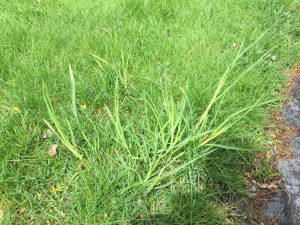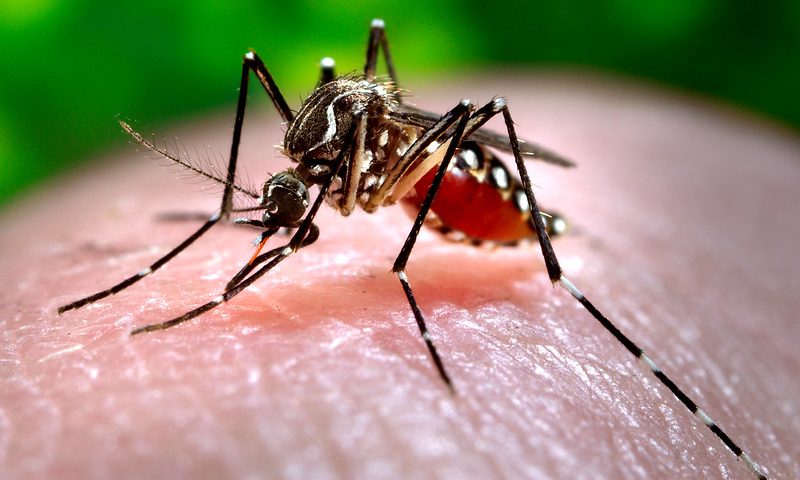
Mosquito Prevention
Mosquito prevention can be one of the most annoying challenges that we all face during the warmer months. While we are now able to get outside more and partake in our favorite summer activities, we are often pestered by mosquitos and other bugs while doing so. Rather than receiving the full level of enjoyment that we are owed from our summer lifestyles, in many instances we endure an added feeling of irritation and discomfort, oftentimes right in our very own backyards.
Mosquitoes are one of the most persistent, widespread, and especially unwelcome pests that we deal with. Although the classic image of a mosquito habitat may be a tropical swamp, they can be found almost anywhere, even in barren and dry locations. Mosquito bites produce itchy reactions that can be maddening and become worse when scratched. Even when they don't bite, their buzzing and swarming are irritating on their own. On top of all that, mosquitos can be harmful to humans all over the planet as they have the ability to transmit disease.
Mosquitoes are a surefire way to ruin a nice afternoon, keep you inside on pleasant evenings, and generally diminish the satisfaction you get from being outdoors. Luckily there are measures that can be taken to reduce the presence of mosquitos, so that you can get back to indulging in the joys of summer more comfortably and peacefully. In order to prevent their presence, it is important to first understand the mosquito ecosystem and how your lawn or property might play a role. Continue reading for more information and some of our general guidelines when it comes to mosquito prevention
The Mosquito Breeding Cycle
The biology and mating patterns of mosquitoes allow them the ability to reproduce abundantly and rapidly. When humans want to reproduce, it can require several attempts before success. A female mosquito, on the other hand, needs to only encounter a male once to breed. Female mosquitoes can produce anywhere between 100 and 300 eggs at one time, and the eggs can hatch into mosquito larvae within 48 hours. For about a week to 10 days, the larva will grow before changing into a pupa until finally emerging as an adult mosquito about two days later. Now within just 14 days, you have an entirely new formed generation of mosquitoes ready to start the reproduction cycle all over again.
Quickly, you can see why natural predators can never keep up with the mosquito population and why your yard will never be free of them unless you take other measures. Fortunately, mosquitoes do not have the ability to reproduce year round. You might have noticed that they – along with many other bugs and insects – aren’t around much during the colder months. Mosquitoes only become active and begin their breeding cycle when temperatures begin to stay at or above 50°. Depending on the species, mosquitos will either hibernate or die off when temperatures drop back below that mark.
Mosquito species have different breeding habits, but most want to lay their eggs near water – usually in vegetation or in still water. You might notice that mosquitoes seem to be more pervasive in areas containing lakes, swamps, or marshes. These types of environments are mosquito breeding hotbeds. However, mosquitoes are not just limited to breeding in these areas, most will only need a very small amount of still water.
Control and Prevention
There's some relatively simple approaches one can take to control their breeding grounds and reduce the mosquito population in a certain area. For many homeowners, this would include the areas in which they spend the most time outdoors, such as yards or patios. The best approach to mosquito control is to keep them from showing up in the first place. You can accomplish this by removing the areas where they breed, which as discussed earlier is anywhere there is still or standing water. This can include spots as small as a quarter, so do a careful inspection of your outdoor area to find any vessels of water.
This can include:
- Ponds
- Puddles
- Bird Baths
- Flower Pots
- Garbage Cans
- Gutters
- Heavily Shaded Areas
Standing water on your lawn can also prove to be an issue when trying to keep away mosquitoes. After rainstorms or long periods of rainfall, check for areas where water seems to pool and not entirely drain. If this is a regular occurrence then extra work might have to be applied to that area to ensure proper drainage in order to prevent pooling and becoming a continued breeding ground for insects. In addition to water and moist areas, mosquitoes also tend to gravitate towards cool and shaded spots as well. Bushes, tall grass, and shady areas near trees are other places that a person might look to tend to when tackling their mosquito problem.
Summary
Unfortunately, it’s not always possible to completely get rid of mosquitoes. These efforts listed above still might not be enough, especially for those dealing with a particularly bad mosquito problem. People who live next to lakes, ponds, or other water sources that produce large amounts of mosquitoes might not have much success with these do-it-yourself methods. It can take a lot of time and energy to deal with a mosquito problem on your own, for that reason mosquito control is one of the most popular services clients request from lawn care companies. Blue Grass Lawn Care Services offers a mosquito control program in New Jersey and Pennsylvania to help protect you, your family, and your pets.
Check out our Facebook page for more lawn care tips!
Featured Image: "Dengue mosquito," by Oregon State University, licensed under CC BY-SA 2.0
